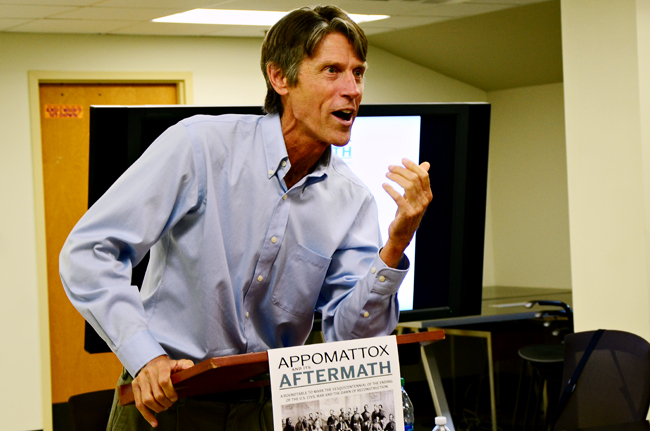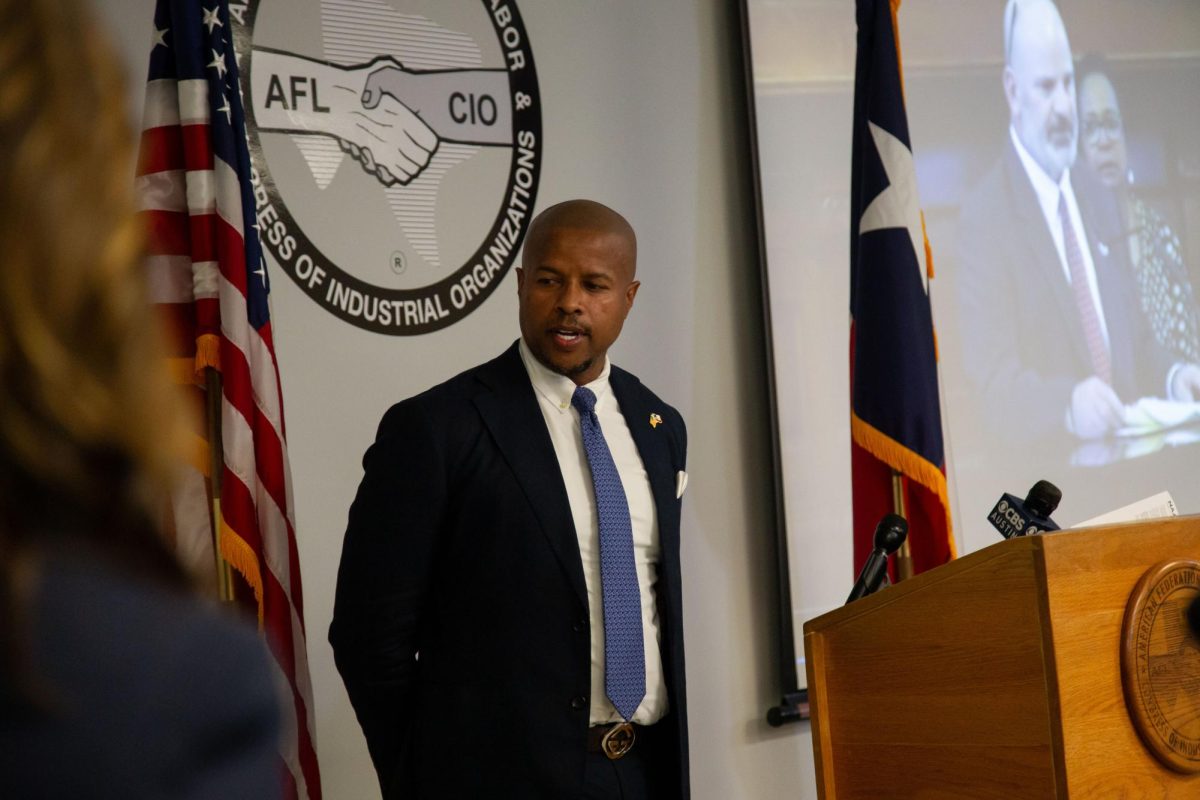Editor's Note: H. W. Brands is the father of Daily Texan Editor Riley Brands, who had no part in the assigning or editing of this piece.
On the 150th anniversary of the end of the Civil War, UT history professors discussed different motives of the warring parties and analyzed the demographic changes that came about as a result of Reconstruction efforts.
The Civil War ended on April 3, 1865 when Union troops invaded Richmond, Virginia, and the Confederate army was forced to surrender. Six days later, Confederate General Robert E. Lee and Ulysses S. Grant of the Union army met at Appomattox to agree on the terms of surrender.
At the event, history professor H. W. Brands said Grant exemplified traits of a general who was skilled in the art of war, but nothing else.
“The trait Grant [had] — that you see in any other great general or commander, which is admirable and appalling — is the way to know when to pull the trigger and when to decide to fight,” Brands said. “Grant went around the night before battle knowing that hundreds would die. This is admirable if you believe in war, but it is appalling in that it uses human lives as means to an end.”
Brands said Lincoln knew the war would help end slavery, and that the issues between the federal government and the governments of the Southern states were ultimately resolved during Reconstruction.
According to history professor Jacqueline Jones, slave owners moved 125,000 to 150,000 slaves to Texas during the war, because they believed regulations in Texas wouldn’t stop them from having slaves.
“Many white slave owners thought that the Emancipation Proclamation would be overturned someday, but even Lincoln said he thought the Supreme Court would revisit it one day,” Jones said. “Others believed that the state of Texas was so vast the Union troops could not conquer [the state], and slavery would still exist.”
Jones said 15 percent of the freed slave population moved away from the state once the war was over because of violence, which was especially prevalent in Central Texas.
“It has been said that the South was an exceptionally violent place for black people,” Jones said.
Associate history professor Daina Berry discussed the experiences enslaved women faced during and after the war. Berry read an account from her research about a woman who had to decide whether to stay on a plantation or move.
“[The woman] said, ‘I don’t remember being told when I was free. We just stayed right there on the farm ‘cause it was the only home we knew, and we had no reason to go,’” Berry said.




















